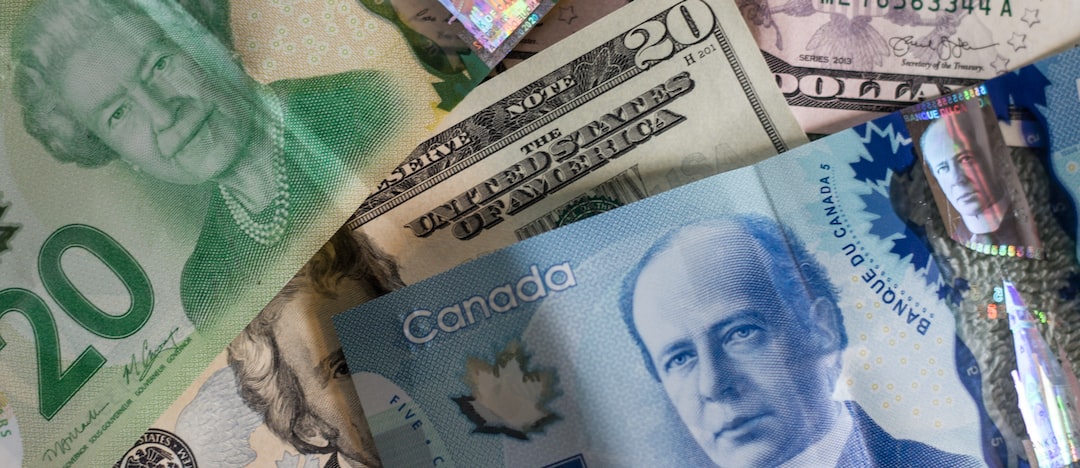Forex trading is one of the most dynamic and lucrative markets in the world, but it’s also one of the most volatile. The forex market is constantly changing, and predicting price movements can be challenging for even the most experienced traders. Understanding how to predict forex price movements is crucial for successful trading.
There are many factors that can affect the forex market, such as economic indicators, geopolitical events, and market sentiment. To predict forex price movements, traders need to consider a range of factors and use various analytical tools.
Here are some of the most effective methods for predicting forex price movements:
1. Fundamental Analysis
Fundamental analysis is a method of predicting price movements by studying economic and financial data. Traders who use this approach look at key indicators such as interest rates, inflation, GDP, employment rates, and trade balances. By analyzing these indicators, traders can gain insights into the overall health of an economy and predict how currency prices will move.
For example, if an economy is growing rapidly, it’s likely that its currency will appreciate. Conversely, if an economy is struggling, its currency may depreciate. Similarly, if interest rates are rising, it’s likely that investors will flock to a currency, leading to an increase in its value.
2. Technical Analysis
Technical analysis is a method of predicting price movements by studying charts and historical data. Traders who use this approach look at patterns and trends in price data to predict future movements. Technical analysis involves the use of various tools and indicators, such as moving averages, Bollinger bands, and Fibonacci retracements.
By analyzing these charts and indicators, traders can identify key levels of support and resistance, as well as trends and patterns that indicate potential price movements.
3. Sentiment Analysis
Sentiment analysis is a method of predicting price movements by studying market sentiment. This approach involves analyzing the opinions of traders, investors, and analysts to gauge the overall mood of the market.
For example, if the majority of traders are bullish on a particular currency, it’s likely that its price will rise. Conversely, if the majority of traders are bearish, its price may fall.
4. News Trading
News trading is a method of predicting price movements by reacting to breaking news and events. Traders who use this approach monitor news sources such as financial websites, news outlets, and social media to identify events that could affect the market.
For example, if a major central bank announces a change in interest rates, traders may react by buying or selling currencies accordingly. Similarly, if there’s a geopolitical event that could affect the market, traders may adjust their positions accordingly.
5. Seasonality Analysis
Seasonality analysis is a method of predicting price movements by studying seasonal patterns in the market. For example, some currencies may appreciate during certain times of the year due to increased demand for exports or tourism.
By analyzing these seasonal patterns, traders can predict how currencies will perform during certain times of the year and adjust their positions accordingly.
In conclusion, predicting forex price movements is a complex process that requires a combination of analytical tools and approaches. By using these methods, traders can gain insights into the market and make informed decisions about when to buy and sell currencies.
However, it’s important to remember that no method is foolproof, and there’s always a risk of loss in forex trading. Traders should always manage their risk and use proper money management techniques to protect their capital.





